order
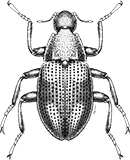
Coleoptera
“Adult Beetles”

Coleoptera
“Larval Beetles”

Diptera
“True Flies”

Ephemeroptera
“Mayflies”

Hemiptera
“True Bugs”

Lepidoptera
“Aquatic Caterpillars, Snout Moths”

Megaloptera
“Alderflies, Dobsonflies, and Fishflies”
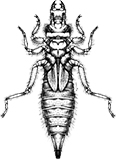
Odonata
“Dragonflies and Damselflies”

Plecoptera
“Stoneflies”

Trichoptera
“Caddisflies”
family
Libellulidae
genus
Libellula
“Skimmers”
Genus Overview
There are 14 North American species of Libellula. Larvae are unusually hairy and generally covered with silt. They are sprawlers or shallow burrowers in silty bottoms of ponds and of pools at margins of streams, usually in warmer water than many other dragonflies.
Characteristics
POLLUTION TOLERANCE
Southeast: 9.8
Upper Midwest: 9
Mid-Atlantic: 8
0 = least tolerant, 10 = most tolerant
FEEDING HABITS
Engulfer / Predator
MOVEMENT
Sprawler
DISTRIBUTION
Widespread (east of the Rocky Mtns.)
HABITAT
Lentic-littoral
Lotic-depositional
Lotic-depositional
Diagnostic Characters
order
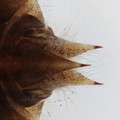
Abdomen with 5 Sharp Stiff Points or 3 Gills
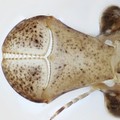
Labial Mask
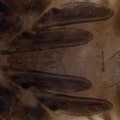
Two Pairs of Wing Pads
family
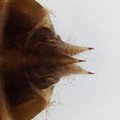
5 Short Appendages on End of Abdomen
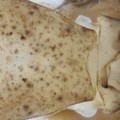
Median Groove Absent

Spoon-shaped Mask
+ Expanded Character List
Order:
Nymph with mask-like labium below chewing mouthparts. Wings developing in wing pads. Segmented legs present, each with two claws.
Family:
Suborder Anisoptera (i.e., Dragonflies: stout body shape, head more narrow than thorax and abdomen, end of abdomen with 5 short pointed projections, external gills absent). Labial mask spoon-shaped, usually with hair inside palm of mask and along margins. Distal margin of each palpal lobe regularly and finely scalloped, each scallop 1/10 to 1/6 as high as long, each bearing at least 1 seta, and usually separated by shallow notches. Prementum without ventral medial groove at base. Hind femora usually not extending to posterior margin of abdominal segment 8. Abdomen elongate in dorsal view. Paraprocts (ventrolateral pair of spines) usually more than twice as long as cerci (dorsolateral pair of spines). Mature larvae 8–28 mm long.
Genus:
Anterior margin of prementum pointed in center, with straight oblique sides finely scalloped (only visible under microscope at >15X); small spine-like setae not originating from between each scallop. Eyes raised above dorsal surface of head, and situated on anterior fourth of head, covering the anterior corners. Abdomen tapering to sharp point.
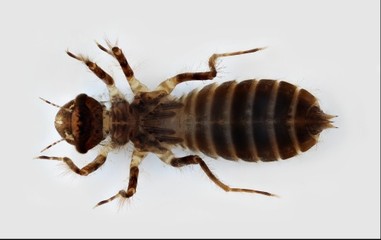
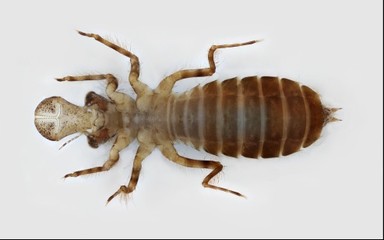
Dorsal
Ventral



